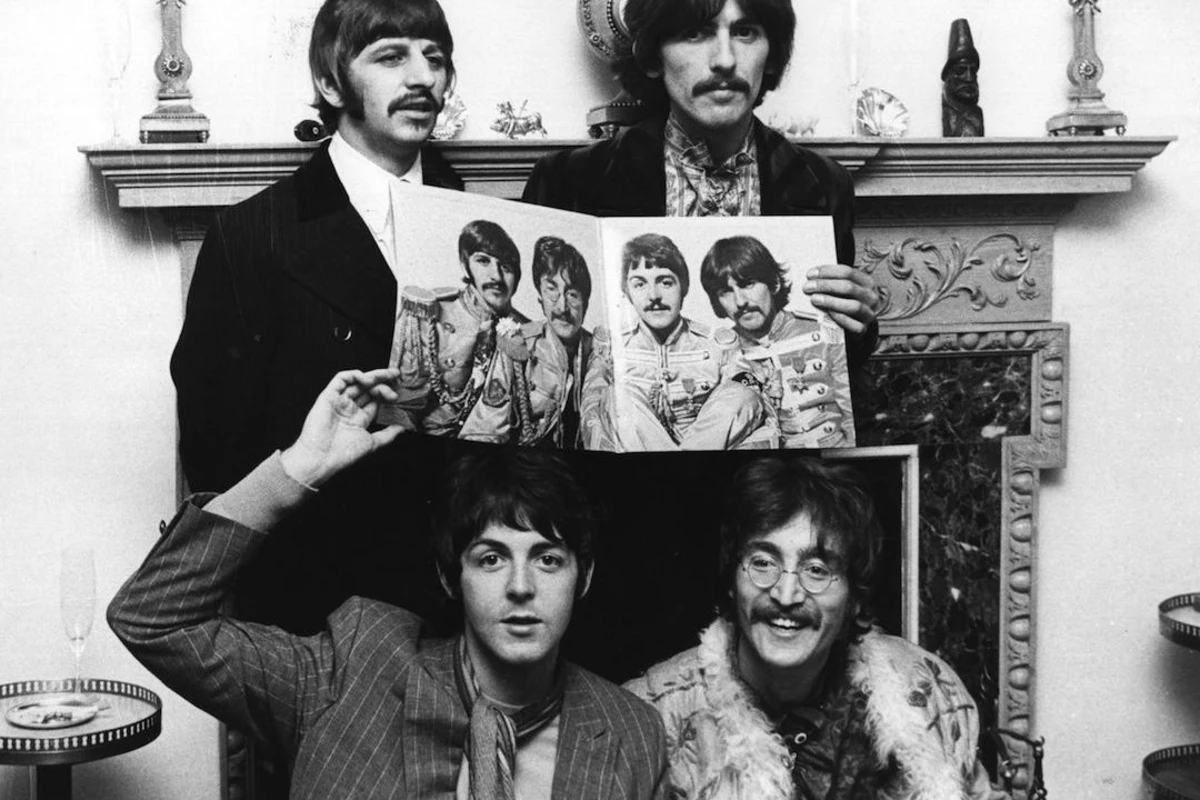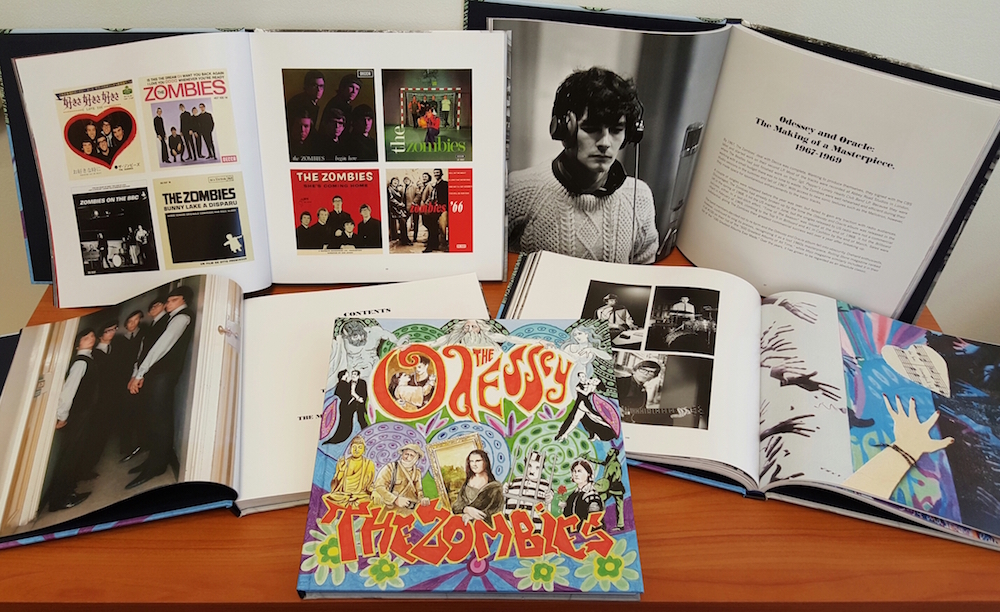Carpenters ruled the pop charts from 1970 – 1975, and much
has been written about Carpenters “demise” in the latter part of the decade, as
well as Richard’s addiction to drugs and Karen’s tragic battle with anorexia
nervosa, but what isn’t ever cited it this fact: despite the personal and ultimately
tragic difficulties the siblings endured after 1975, the duo never stopped
having radio hits during Karen’s lifetime. In fact, Carpenters had a top 40 hit on
every album released between 1970 and 1981. That’s quite a run.
Richard Carpenter displayed a penchant for fussing over the
duo’s recordings as early as their first album, as the first single, a cover of
The Beatles’, “Ticket To Ride,” was a remixed version from the album as well as
the B-side, a remixed version of their anti-establishment anthem, “Your Wonderful Parade.” A few years later, Richard also remixed the title song they
recorded for the soundtrack to Bless The
Beasts And The Children for inclusion in the duo’s 1972 album, A Song For You. The following year, the
duo remixed a number of songs for their hits collection, Singles, 1969-1973, including the #1 single, “Top Of The World.”
In fact, Carpenters singles, including B-sides, were often
different mixes from the album versions, which made singles releases by the duo all the more an event, and over the decades, fans have often
bemoaned the fact that the original single mixes were not the versions included
on the myriad hits collections that surfaced during the 1980s and 1990s, as
brother Richard continued to tinker with, remix, and re-record parts of songs,
like a painter who keeps returning to classic paintings to add another coat of
color. While fans appreciated the new variations on old favorites, they missed
hearing the versions of the songs they remembered hearing on the radio.
49 years after the duo started making records, super fans
now have, in one compilation, the entire US singles collection, in their
original single mixes, via the PBS-only,
triple CD release, Carpenters: The
Complete Singles. The collection was made available in the fall and winter
of 2015 as a pledge gift for public television viewers. The collection includes all the legendary hits (“Close To You,” “We’ve Only Just Begun,” “Rainy Days And Mondays,” “Superstar,” etc.), as well as the lesser-known classics (“It’s Going To Take Some Time,” “Won’t Last A Day Without You,” “Only Yesterday,” etc.) as well as some of the biggest head-scratchers the duo ever released as singles (“Goofus” and “Calling Occupants of Interplanetary Craft”).
Listening to The Complete Singles was revelatory for me, in that it presents a
more accurate depiction of the duo’s significant contribution to popular music than the
run-of-the-mill hits collections did, as it offers mostly unknown B-sides as
well, which often featured Carpenter’s unusual (and even peculiar, at times)
compositions and showcased the duo’s artsier, edgier side. Seriously. This collection chronicles the duo’s avant-garde early albums, the trend-setting hit albums, the late-1970’s shotgun desperation albums (which always contained hidden gems), and the last few albums, which found the duo lost in post Captain & Tennille, adult-contemporary hell, barely treading water while recycling Air Supply demo rejects.
It’s a fascinating aural journey, and the B-sides are even more revealing than the familiar singles. Some of the standout B-sides include:
Your Wonderful Parade:
a Carpenter-penned, anti-establishment rant and great drumming work by Karen.
I Kept On Loving You:
another rare lead vocal from brother Richard, one of his best, and another
great Williams / Nichols tune.
All Of My Life:
legend has it that the demo of this tune is what convinced Herb Albert to sign
the duo in 1969.
Mr Guder: Another
anti-establishment tune written about Carpenter’s ex-boss at Disneyland.
Saturday: I heard
this recently in a regional department store commercial, and it’s still catchy as hell.
Bless The Beasts And
The Children: the duo recorded this title track at the request of director,
Stanley Kramer. It was included as the B-side to the Rock-and-Roll Hall Of Fame-inducted track, “Superstar” and charted
as a single in its own right.
Maybe It’s You:
this Carpenter-penned ballad could have been another single from the Close To You album.
Crystal Lullaby:
beautiful, deep cut from Carpenters best album, A Song For You.
Road Ode: written
by Carpenters band members after a concert in Carbondale, Illinois. This tune described
the toll-taking rigors of life on the road and chronicled the duo’s
disappointing personal lives as well as foreshadowed the ultimate tragedy that
lie ahead.
Heather: a melencholy piano piece also used in
an aspirin television commercial campaign around 1973.
This Masquerade:
a long-time fan favorite and lost opportunity of a single.
Happy: another
lost single opportunity, written by band member, Tony Peluso and long-time Carpenter collaborator,
John Bettis.
If I Had You:
from Karen’s unreleased (until 1996) solo album, here in a superior, remixed
form.
And beyond the revelatory B-sides, here’s a list of tunes
that appear in unique, single mixes:
Ticket To Ride: different
intro, fun piano part (mono mix)
Your Wonderful Parade:
shortened spoken intro, clean ending (mono mix)
I Kept On Loving You:
clean opening and sweetened background vocals by Richard
Merry Christmas
Darling: original, raw vocal
Mr. Guder:
shortened version
Crystal Lullaby:
clean ending (doesn’t blend into “Road Ode”)
Road Ode: clean
opening (doesn’t enter with “Crystal Lullaby” ending)
I Won’t Last A Day
Without You: different vocal and rockier arrangement
Please Mr. Postman:
different vocal and arrangement
Santa Claus Is Coming
To Town: different vocal and arrangement, completely different sax line
Calling Occupants Of
Interplanetary Craft: shortened, no DJ intro
Can’t Smile Without
You: different vocal and arrangement
Christmas Song:
different vocal and arrangement
Don’t Cry For Me,
Argentina: shortened, deleted opera intro
Those Good Old Dreams:
original vinyl mix, which differed from the CD version
Make Believe It’s
Your First Time: deleted spoken intro
This is an essential collection for not only completests, like
I tend to be, but also for the casual fan who wants an accurate overview of the duo’s true pop music legacy. Skip the standard hits collections (that often misrepresent the duo
and/or skip essential hits and album cuts), support your local PBS station, and
shell out a little more scratch for this one-of-a-kind collection.

















